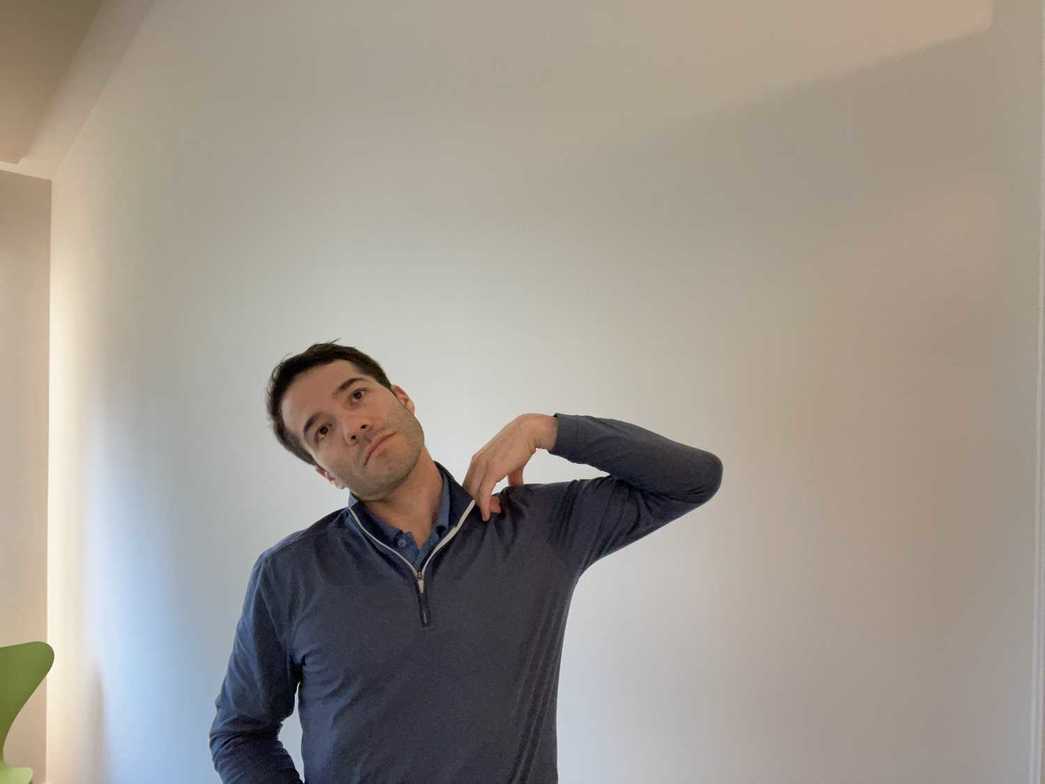
"Flossing" in the rehab world refers to "Nerve Flossing", a useful exercise to reduce nerve tension.
This type of tension can result in numbness, burning, and tingling and is frequently overlooked or medicated without a complete understanding of the potential mechanical contributions from tight muscles, disc bulges, and general misalignments of the body's moving parts.
If you have ever had pins and needles in your hands or feet, or experienced spine pain with radiating sensations into a limb, chances are you may have benefitted from nerve flossing.
This blog post highlights one straightforward nerve floss to get rid of the numbness/tingling/pain in your arms. In a future post, I will be focusing on a nerve floss to help the nerves in the legs. Below we will look at the anatomy in question and provide a remarkably simple solution!
The Brachial Plexus: The Spaghetti of the Shoulder 
image source: musculoskeletally.com
The brachial plexus is a bundle of nerves that branch off your spinal cord within the neck and travel down each arm. This complex web of spaghetti like strings make up the nerves that travel all the way to your fingertips, supplying you with the ability to move and feel. These nerves travel along a path that is akin to a highway, with periodic over passes spanning above and off ramps that lead elsewhere. Muscular overpasses cross over these nerve fibers. Off-ramps and exits are where nervesbranch off to connect muscle, skin, and another tissues. If an overpass fails or an exit gets blocked, traffic comes to a grinding halt. The same is true with nerves. If there is a blockage or an interruption along any point in their path (typically a tight muscle or bulging disc compressing the nerve, or a bone that exerts pressure on it) the information that the nerve is carrying gets interrupted.
The result can produce or change your sensation and can feel like pain, numbness, tingling, or burning. It could also feel like a temperature change over the skin.
Brachial Plexus Nerve Flossing:
This beginner's exercise will move the brachial plexus on the side of performance. If you have left sided arm symptoms you will be moving your left arm. You would do the exact same thing on the right side.

- Begin with your symptomatic arm curled in towards your head
- Tilt your head away from your arm
- Your shoulder, elbow, and wrist should all be bent towards your head. We call these movements shoulder abduction, elbow flexion, and wrist flexion.

- Reverse the entire movement by outstretching your curled arm and following it with your head
- The head and the hand are always chasing each other
- Perform 10 slow, purposeful, gentle repetitions
You Should STOP if You Experience the Following:
- increased or worsening arm pain, numbness, tingling, burning, or temperature changes
- muscle weakness
- severe neck pain
- headache, dizziness, nausea, or light headedness
So, why does this work?
The movement you produce creates a gliding or sliding movement. You are metaphorically playing a game of tug of war where both teams moving in the same direction, stopping, and reversing. Tilting the head moves one end of the rope (the spinal cord) and straightening/bending the arm moves the opposite end (the smaller branching nerves).
When you mobilize nerves, they eventually free themselves from the pressures that have been consistently applied to them from the tissues that surround them. The information the nerves carry is then restored and can resume transmission without as much interference. Over time, and with appropriate assessment & treatment of the spine, discs, and muscles, these nerves will return to conducting themselves normally. In the meantime floss away...you might be surprised how good you feel!
And remember, exercises depicted here are only a beginning - please seek consultation with your medical & health care providers for proper evaluation, diagnosis and treatment!
Keep Searching,
Dr. Nick



